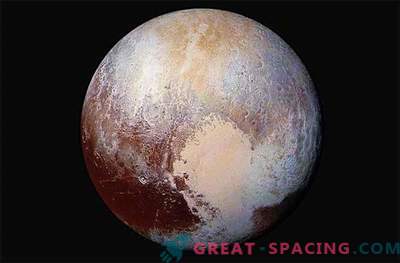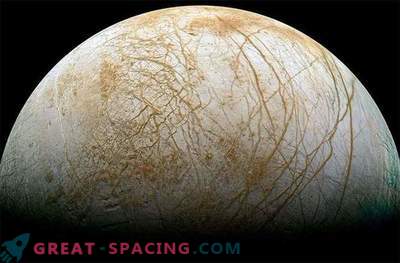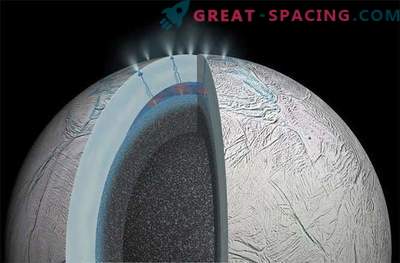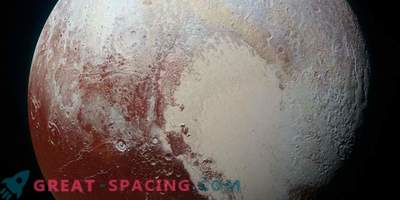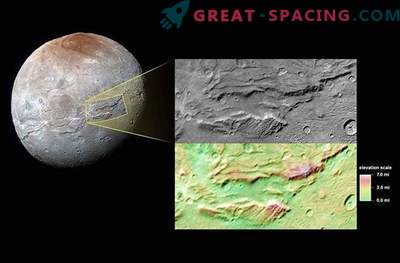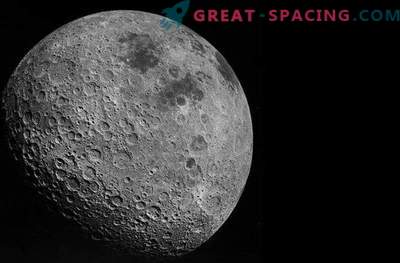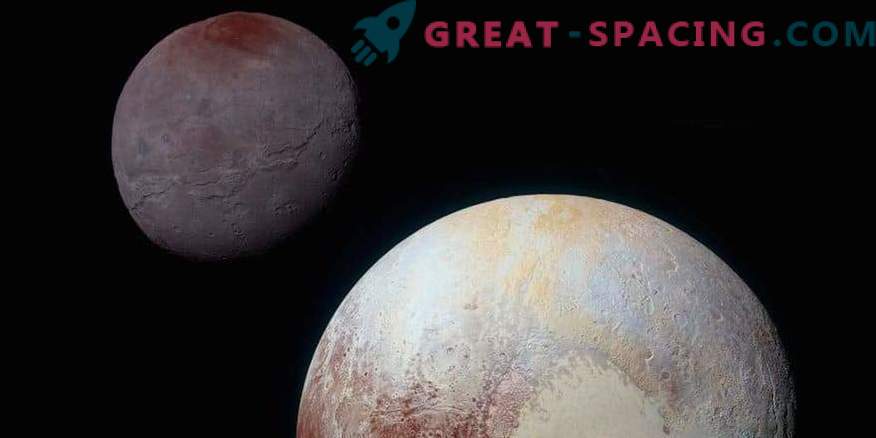
Composite image of Pluto (bottom right) and its largest satellite, Charon (top left), captured in 2015 by New Horizons
A new analysis by NASA shows that heat from the gravitational attraction of moons created from massive collision events can increase the lifetime of liquid oceans under the surface of ice worlds. This expands the list of places to look for extraterrestrial life.
Such objects should be perceived as potential water and life reservoirs. These worlds live beyond the Neptune orbital path and include Pluto with satellites. They are called trans-Neptunian objects (TNO) that are too cold to have water in a liquid state on the surface (temperature below -200 ° C). But there are speculations that some may hide water under the ice crust.
Analysis of light reflected from some TNO revealed signatures of crystalline water ice and ammonia hydrates. With an extremely low surface degree, water ice becomes amorphous in shape. In addition, cosmic rays that destroy ammonia hydrates are involved in the process. All this suggests that both compounds can occur from the internal liquid water layer. This process is called cryovolcanism. A greater percentage of heating inside TNO is created by the decay of the radioactive elements incorporated into these objects as they form. This reserve may be enough to melt the layer of ice crust, creating a subsurface ocean, and maintain it in this state for billions of years. As a result, radioactive elements will decay into more stable ones and will cease to release heat. The interior gradually cools and the hidden ocean freezes. However, a new study shows that gravitational contact with a satellite can provide sufficient thermal volume and extend the duration of the liquid state.
The orbital path of any satellite develops in a gravitational motion with the parent body until it reaches the maximum steady state. That is, initially the orbit is devoid of stability, so the interiors of the parent body and the emerging moon are constantly stretched, creating friction and emitting heat.
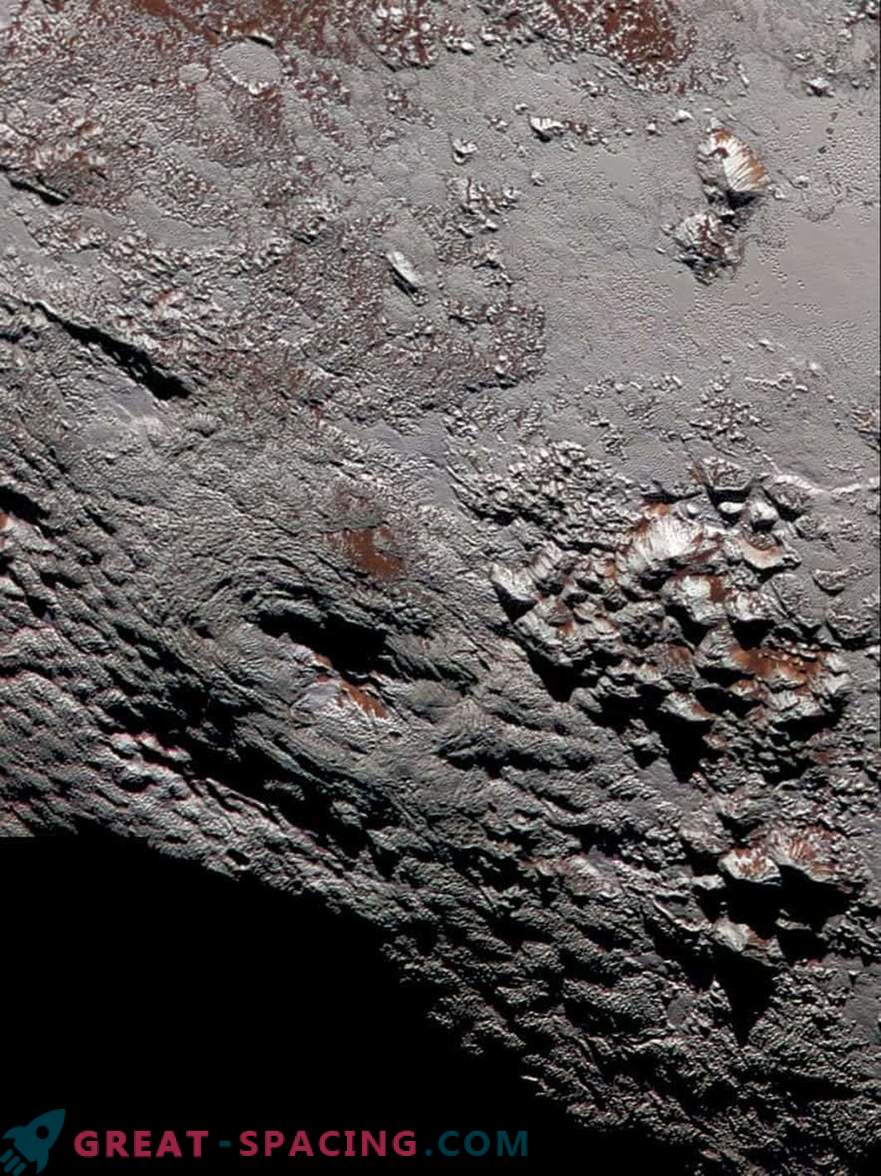
A composite shot of Mount Wright is one of the potential cryovolcanoes found on the surface of Pluto by the New Horizons apparatus in July 2015
Scientists used the equation for tidal heating and calculated the lunar heat contribution for hypothetical TNO, including the Eris-Dysnomia system. Eris is in second place in TNO after Pluto. It turned out that tidal heating can be a turning point that can save subsurface liquid oceans. Analysis also suggests that this process may make the submerged oceans more visible for future observations. If you have a liquid layer of water, then the additional heat from tidal heating will melt the adjacent ice layer.
Liquid water is necessary for life, but it alone is not enough. Life also needs chemical building blocks and an energy source. Deep under the ocean there are geologically active sites with ecosystems thriving in pitch darkness due to the presence of hydrothermal vents. It is believed that tidal heating can create similar conditions in foreign worlds.
The team plans to form more accurate models of tidal heating to determine for how long the process can increase the duration of the liquid state.

